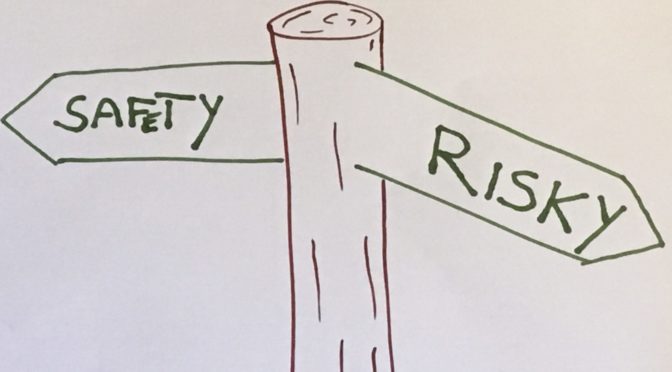By Scarlett Eisenhauer (UCLA)
“Risky Play” has been finding its way back into the mainstream discussion – some arguing in favor of pushing back against overly safe environments that lack experiential learning opportunities for risk management. As anthropologists (other disciplines and professions as well!) that work with children and youth, we should be quick to raise a red flag: this is a topic ripe for empirical inquiry, not just idealized beliefs. We would like to invite you, dear ACYIG community, to weigh in on the subject in our first blog module with a series of blog posts on the subject of “Risky Play.”
An introductory blog post poses some possible lines of investigation – questions that anthropology and other social sciences are well- suited to answer – and some preliminary thoughts on the subject by Scarlett Eisenhauer and Dori Beeler. Elisa (EJ) Sobo (SDSU) invites us to consider children and youth involvement in online communities, conspiracy theories and can invite us to ask how far-reaching risk might be. Additionally, Julia Fleming reviews a documentary film “The Land” to weigh in on the issue.
We invite our readers to engage in this module and look forward to a continuing discussion on the subject with both formal and informal responses, comments, thoughts, and data interpretations!
For detailed information on submitting to our blog, please reference the blog submission guidelines document. Please contact Sara Thiam at sara.thiam@case.edu, ACYIG Content Coordinator for Blog and Social Media for more information.


